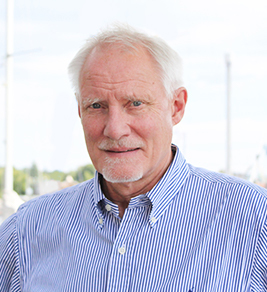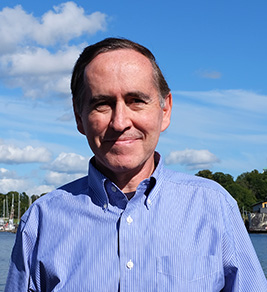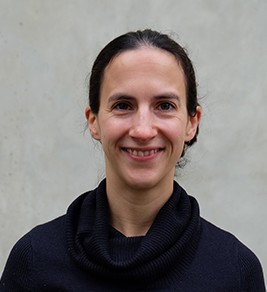Two new articles are published on regional development in the Idunn library. How regional development potential looks in different parts of the Nordic Region and how the regional balance has developed over recent years? The first article compares the development potentials in the 66 Nordic regions.
The second article is about the demise of the rural Nordic region and analysis of regional population trends in the Nordic countries, 1990 to 2040. The population of the Nordic region has grown substantially during recent decades, though most of this growth has been in urban regions. While the Nordic countries are projected to see continued population growth in the future, almost all of the increase will be concentrated in urban centres, with population decline or stagnation in many rural municipalities. This will make it difficult for these regions to remain economically competitive and for national governments to provide a uniform level of services across entire countries. This article provides policymakers at the national, regional, and municipal levels with projections of the size, composition, and geographic distribution of rural populations in the Nordic countries in 2040. In total, remote rural regions will not become depopulated and are projected to grow moderately from 5.3 to 5.5 million persons to 2040, though many will experience significant declines in their total and working-age populations and will have much older age structures.
The first article about the regional comparisons is published by Julien Grunfelder, Johanna Carolina Jokinen, Gustaf Norlén & Kjell Nilsson: https://www.idunn.no/nordisk_valfardsforskning/2020/01/how_are_the_nordic_regions_feeling_acomparison_of_develop
The second article about population growth is published by Timothy Heleniak & Nora Sánchez Gassen: https://www.idunn.no/nordisk_valfardsforskning/2020/01/the_demise_of_the_rural_nordic_region_analysis_of_regional






